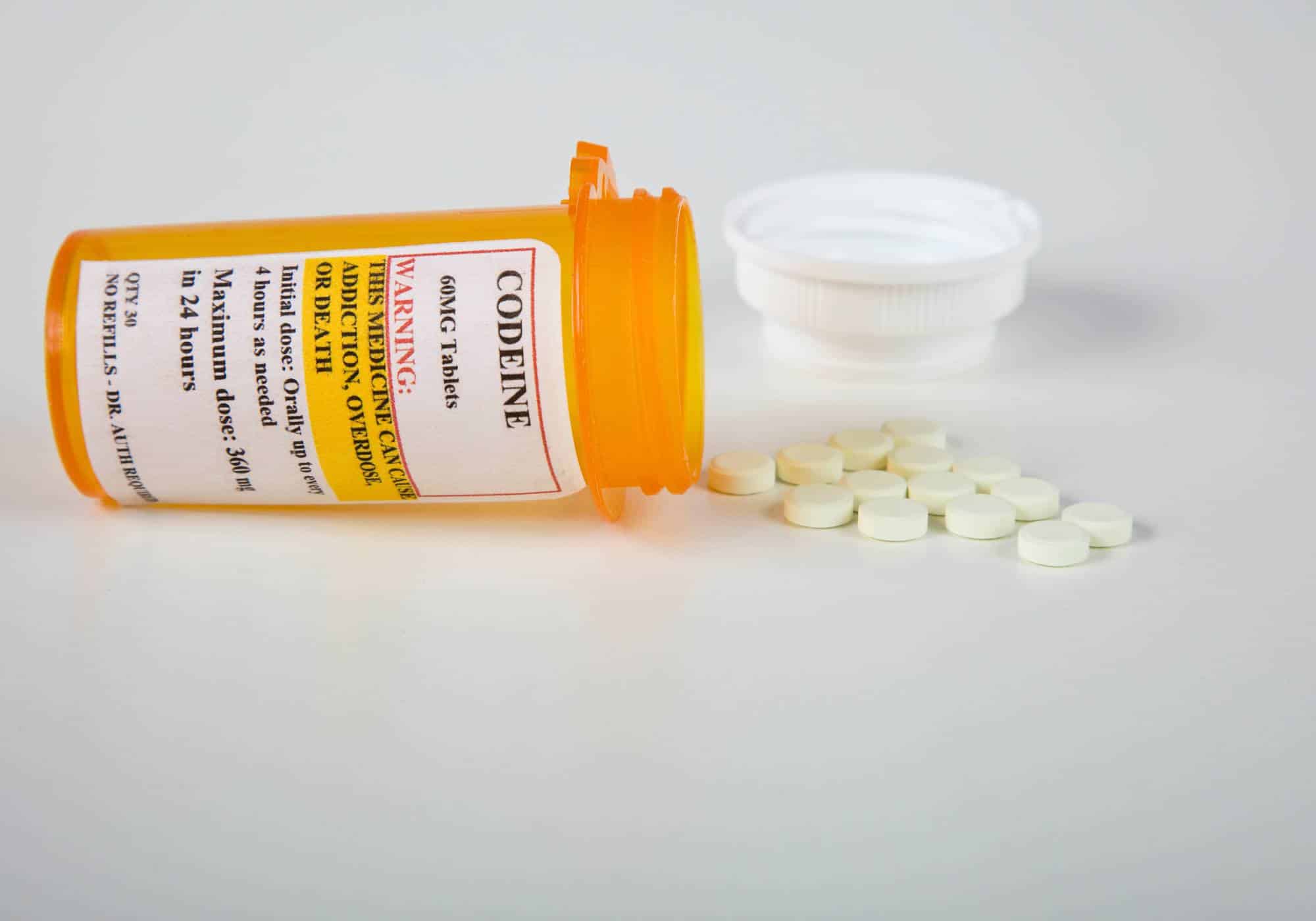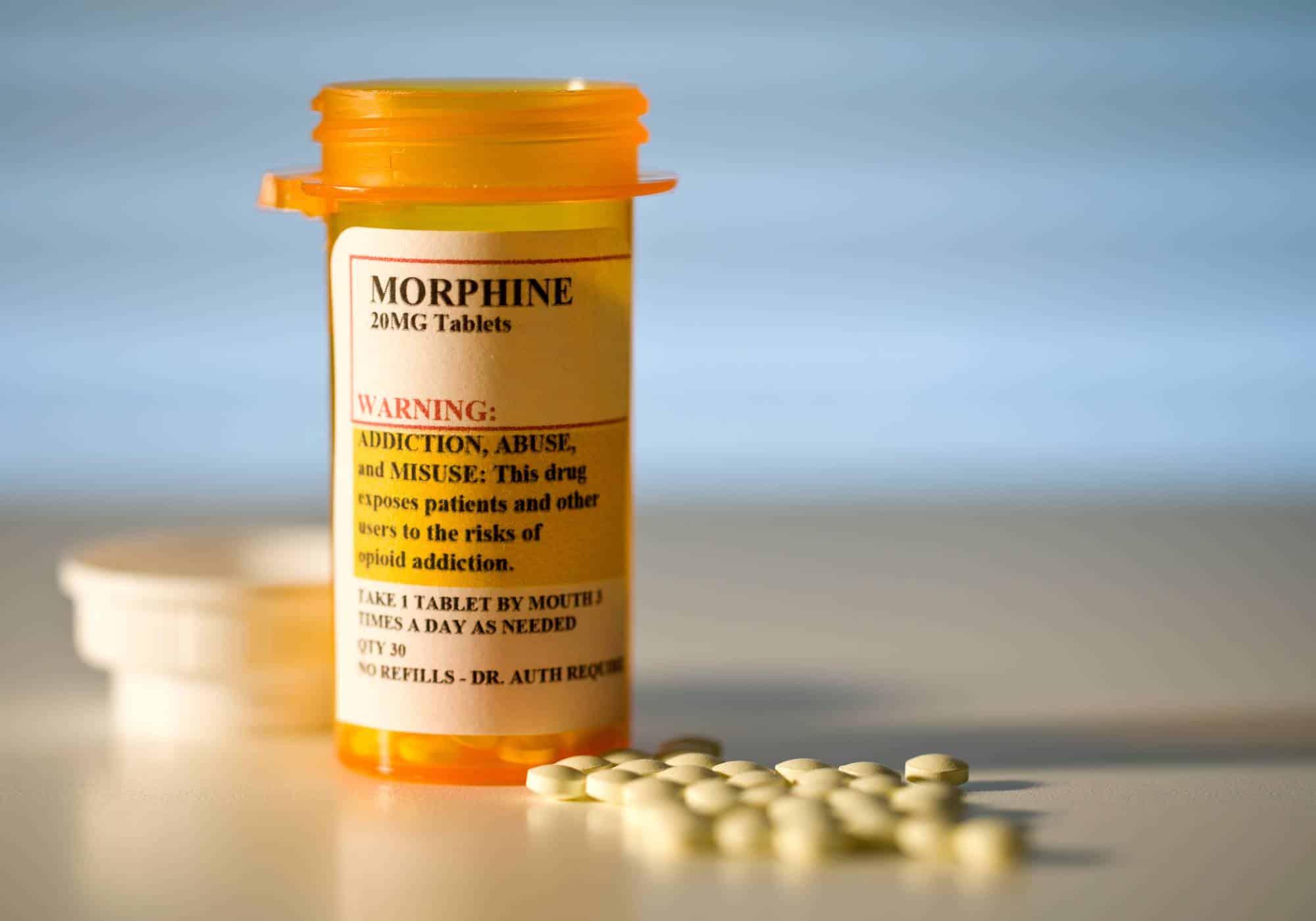How long do painkillers stay in your system? Understanding the how long that opiates or opioids stay in your system is essential, both for individuals seeking to manage pain with medication and for those facing challenges with opioid addiction.
In the context of addiction treatment and recovery, recognizing how long opioids can stay in the body is key to providing effective care and support. The timeline from opioid ingestion to their metabolism and eventual elimination involves several factors affecting their presence in the system. This discussion aims to shed light on opioid duration in the body and highlight how Hope Harbor Wellness can support those seeking help.
Opioids, encompassing a broad range of pain-relieving drugs, include naturally occurring opioids, semi-synthetic opioids derived from these natural sources, and fully synthetic opioids manufactured in labs. The term “opioid” broadly covers all drugs that bind to opioid receptors in the body, including opiates, which are directly derived from the opium poppy plant. The distinction lies in “opiates” referring specifically to natural opium derivatives, while “opioids” encompass the entire family of opium-like substances, including those synthetically produced.
How Long Do Opioids Stay in Your System?
How long opioids stay in your system varies significantly based on factors such as the specific opioid used, personal metabolism rates, usage frequency, and the dose taken. Opioids each have their own half-lives, indicating the time required for half the drug amount to be metabolized and eliminated from the body.
The process of metabolizing and eliminating opioids is also affected by various individual factors, including liver and kidney function, hydration levels, body mass index (BMI), general health, and genetic factors. For example, those with compromised liver or kidney functions may find opioids persisting in their system for longer periods.
Here’s an approximate guide to the detection times of common opioids in the body, using various testing methods:
- Heroin: Detectable in urine for up to 7 days; in blood for up to 6 hours; in saliva for up to 5 hours; and in hair for up to 90 days.
- Hydrocodone: Found in urine 2-4 days after use; saliva detection is possible 12-36 hours post-use; and in hair for up to 90 days.
- Morphine: Can be detected in urine for up to 3 days; in blood for up to 12 hours; saliva for up to 4 days; and in hair for 90 days.
- Codeine: Urine tests can detect it 24-48 hours post-use; blood tests up to 24 hours; saliva for up to 4 days; and in hair for 90 days.
- Oxycodone: Detectable in urine for up to 4 days; in saliva for 2 days; and in hair for 90 days.
- Fentanyl: Can be found in urine 24 hours after use; in blood for up to 12 hours; saliva for up to 4 days; and in hair for 90 days.
- Methadone: Detectable in urine for up to 2 weeks; in blood for up to 3 days; in saliva for 2 days; and in hair for 90 days.
Understanding these detection times is crucial for those undergoing opioid addiction treatment and recovery, as well as for medical professionals managing pain treatment.
How Long Does Heroin Stay in Your System?
Heroin, known for its rapid onset, has a notably short half-life, which means it’s processed by the body quickly. For those undergoing drug testing, the window of detection varies by the type of test. Saliva tests are capable of identifying heroin for up to 5 hours following the last dose. Blood tests extend this window slightly, able to detect heroin for about 6 hours post-use.
Urine tests, which are among the most prevalent methods for drug screening, can trace heroin usage up to 7 days after the last dose. Due to their extended detection period, hair follicle tests can reveal heroin use for up to 90 days, offering a much broader view of someone’s drug use history.
How Long Does Hydrocodone Stay in Your System?
Hydrocodone is metabolized relatively quickly by the body. For those undergoing drug testing, hydrocodone can be detected in saliva for approximately 12-36 hours following the last ingestion. Urine screenings, a more common form of drug testing, can identify hydrocodone usage within a window of 2 to 4 days after the last dose. For a longer-term detection, hair follicle tests can trace hydrocodone use up to 90 days post-consumption.
How Long Does Oxycodone Stay in Your System?
Oxycodone, known commercially as Oxycontin, can be found in urine tests from 1 to 4 days after intake, with the drug showing up on tests as soon as 1 to 3 hours post-consumption. Saliva tests can detect oxycodone mere minutes after ingestion, remaining detectable for up to 48 hours. Similar to other opioids, oxycodone presence can be identified in hair follicle tests for up to 90 days.
The liver plays a crucial role in metabolizing oxycodone, breaking it down into various metabolites, notably noroxycodone and noroxymorphone. These metabolites, along with oxycodone itself, are then expelled from the body through the kidneys.
The half-life of oxycodone ranges between 3 to 5 hours, indicating that approximately half of the consumed dose is metabolized and eliminated from the bloodstream within this timeframe.
How Long Does Morphine Stay in Your System?
Morphine, which has a slower onset and longer duration of effects compared to heroin, is still metabolized fairly quickly. Blood tests for morphine are effective only within the first 12 hours following the most recent dose. Urine tests extend this detection period up to 3 days after last use. Saliva tests offer a slightly longer window, capable of detecting morphine for about 4 days post-consumption. Like many other opioids, morphine can also be traced in hair follicle tests for up to 90 days, providing a much longer term of detection.
How Long Does Codeine Stay in Your System?
Codeine clears from the system relatively quickly compared to other opiates. Blood tests can detect codeine for up to 24 hours after last use, while urine tests can identify its presence for approximately 24 to 48 hours. Saliva testing provides a broader detection window, capable of identifying codeine from 1 to 4 days post-consumption. Like many substances, codeine can also be traced in hair follicle tests for up to 90 days, offering a long-term view of use.
These durations are general estimates. It’s important to note that with prolonged or heavy use, opiates like codeine can accumulate in the body’s fatty tissues, potentially extending these detection times beyond their usual range for individuals with a history of significant, long-term use.
Factors That Affect How Long Opioids Stay In Your System
Opiates are known for their rapid action and short half-lives, which means they’re processed and expelled from the body fairly quickly, though their effects can linger for hours. The detectability of opiates in drug testing is influenced by numerous factors, including the method of consumption. Prescription opiates, which are usually in pill form, must navigate through the digestive system, delaying the onset of effects to about an hour. In contrast, heroin and similar substances, often injected, smoked, or snorted, bypass this process, leading to quicker, more intense highs and faster expulsion from the body.
Several key factors play a role in the speed at which an individual’s body processes opiates, including:
- Metabolic rate: Faster metabolisms break down substances more quickly.
- Body composition: Factors like body mass, weight, and body fat content can influence drug metabolism.
- Organ health: The efficiency of the liver and kidneys is crucial for processing and eliminating drugs.
- Age: Metabolic rates tend to slow with age, affecting drug processing time.
- Usage patterns: Frequency and intensity of opiate use affect how quickly the body adapts to and processes these substances.
- Drug purity: The quality and composition of the drug can influence its potency and how long it remains detectable.
- Hydration levels: Adequate water intake can affect drug metabolism and elimination.
Additionally, the specific type of opiate taken has a significant impact on its detectability window in drug testing, further complicating the estimation of how long these substances remain in the system.
Opiates vs Opioids: What’a the Difference?
While the terms ‘opiates’ and ‘opioids’ are often used interchangeably, they signify different subsets of drugs. ‘Opiates’ specifically denote opioids that are naturally derived from the opium poppy, such as morphine and codeine. An example of a semi-synthetic opioid is heroin, which is synthesized from morphine and was initially marketed as a non-addictive morphine substitute for Civil War veterans.
On the other hand, ‘Opioids’ encompass a broader category that includes natural opiates, semi-synthetic derivatives, and fully synthetic opioids, such as heroin, morphine, codeine, fentanyl, oxycodone, and methadone. Fully synthetic opioids like fentanyl are manufactured entirely in laboratories, while semi-synthetic opioids, including oxycodone, are derived from natural opiates but are chemically altered in labs.
Opioid Detection Through Drug Testing
Drug testing serves as a preventive measure for employers to ensure the productivity and reliability of potential employees. It is also utilized in various scenarios such as workers’ compensation claims, parole, child custody disputes, competitive sports, among others. Different methods are employed in drug testing, each with its unique approach to detecting substance use.
Urine Testing
This method is the most widespread due to its effectiveness in identifying the metabolic byproducts of drug consumption. These byproducts, specific to each substance, are expelled through the kidneys into the urine, where the test can detect them.
Saliva Testing
Chosen for its non-invasive nature, saliva testing has a narrower detection window compared to urine testing. Its efficacy is limited to identifying drug use occurring a few hours before the test.
Hair Testing
Hair testing captures a long-term record of drug use, capable of detecting substances like marijuana several months post-use. Metabolites from drug metabolism circulate to the scalp and incorporate into new hair growth, offering a historical log of substance intake. This method is less favored for routine workplace testing, which often targets recent or current drug use.
Blood Testing
Blood tests provide a direct snapshot of a person’s recent drug use by measuring active drug levels in the bloodstream at the test’s moment. It stands out for its accuracy but is less common due to its invasive nature and higher costs.
Perspiration Testing
A relatively new addition, perspiration testing requires a longer duration, up to two weeks, and is mainly used for probation monitoring rather than employment screening.
Each testing method offers different advantages and limitations, from the broad detection timeline of hair testing to the immediate results of blood testing, shaping their application across various testing needs and contexts.
Opioid Half-Life
The concept of a drug’s half-life is crucial in grasping how substances interact with the body. It represents the period required for the body to reduce the concentration of the drug by half. This metric varies significantly across different substances, for instance:
- Heroin: Possessing a notably brief half-life of approximately 8-22 minutes, heroin quickly exits the system. This rapid clearance often prompts users to consume more frequently, elevating the risk of overdose due to its fleeting effects.
- Morphine: As a natural opioid, morphine’s presence in the body diminishes over 2 to 4 hours, showcasing a moderate half-life.
- Oxycodone: This prescription pain reliever has a half-life ranging from 4.5 to 6.5 hours, indicating a longer duration of action compared to morphine.
- Fentanyl: Known for its potency, fentanyl has a longer half-life of approximately 8 to 10 hours, lingering in the body for an extended period.
While understanding a drug’s half-life is essential for assessing how long its effects last, it’s critical to recognize that this duration doesn’t directly correlate with its detectability in drug testing. Particularly for those facing imminent drug screenings, being aware of the persistence of these substances in the system, especially in urine, can be crucial for preparedness.
Opioid Addiction Treatment at Hope Harbor Wellness
If you find yourself looking for “how long do opioids stay in your system” out of concern for an upcoming drug test, it might indicate a deeper issue with opioid addiction. This is not something to overlook. Help is within reach for those grappling with substance abuse. At Hope Harbor Wellness, we provide professional, evidence-based addiction care in a state-of-the-art luxury outpatient treatment center in Atlanta, GA. To explore our programs and discover the right approach to opioid addiction treatment for you, please contact our knowledgeable team at 678-929-6304.












